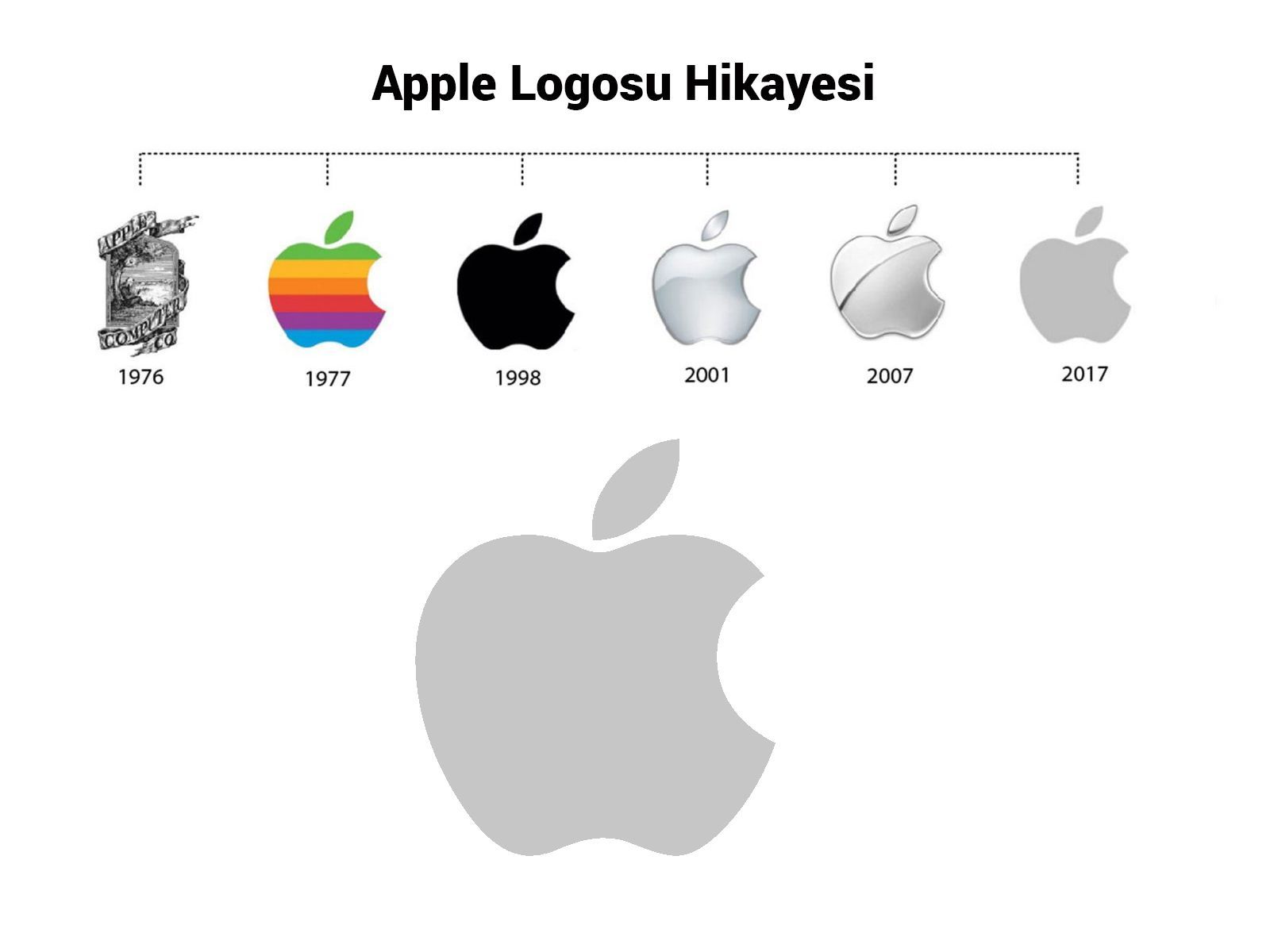Rebranding: Why It Is Required and How to Properly Manage It
Rebranding is a marketing strategy aimed at changing the perception of a company or its components (name, design, mission, and ways of communication with the audience). In this article, we will explain what rebranding is, in what situations it is necessary, its tasks, types, and stages, and also provide several interesting examples.
When rebranding is necessary
Rebranding is a costly and quite risky undertaking. If the strategy is carried out improperly, the brand will suffer losses or lose part of its audience.
Reasons for rebranding may include:
- The brand has become outdated.
- A competitor with a similar strategy has entered the market, and changes are needed to win against them.
- The company has set new goals and objectives.
- The company has changed or expanded its activities.
- Specialists have made mistakes in positioning the products.
- The company's reputation has suffered.
- The brand is transitioning to an international level.
- Customers are not familiar with the organization.
- The company has merged with another company.
Objectives of rebranding
In the process of rebranding, the following tasks are addressed:
In relation to the audience: maintaining the loyalty of current customers and acquiring new ones;
In relation to the company: emphasizing the positive elements of the brand, adding components, and eliminating disadvantages. During the changes, the brand undergoes a transformation. The long name is shortened to something small and catchy, and the faceless aspects are changed and strengthened, thus increasing recognition.
Types of rebranding
Full rebranding. The brand undergoes a complete transformation, from market positioning to image. Internal and external changes occur.
Restyling. Only the visual components of the company are changed. This is perfect for well-known organizations that want to update their brand without changing the product. It is also possible to change the name, color scheme, and logo.
 How famous brands changed their logos
How famous brands changed their logos
- Facelift. A facelift involves minor changes so that the brand remains recognisable. It is used when it is necessary to transform the style to current trends, but not to push away regular customers with too drastic changes.
 How Apple changed its logo
How Apple changed its logo
- Repositioning. The product remains the same, but its positioning is changed: communication with customers or advertising methods. For example, Johnson & Johnson was selling body oil for children. But in 2005, the organization decided to increase the number of customers and launched a product labeled "for the whole family". The product composition did not change, but it started being used not only by children, but also by their parents.
Stages of rebranding
Determine why rebranding is necessary. If you are simply tired of the old logo, it is not a reason to immediately change the brand image.
Conduct a competitor analysis. Understanding how the audience perceives similar companies will indicate the direction for rebranding.
Listen to your customers. When attracting new consumers, there is a risk of alienating the existing audience. Therefore, it is important to carefully study the interests and desires of those who make regular purchases.
Conduct an audit. Before starting, find out what the company's positive and negative points are. This will determine how deep the rebranding will be.
Identify the company's DNA. What are your goals, principles, and why you created your business. The DNA is used to formulate the organization's mission.
Create a new marketing strategy, if necessary. Decide how the brand will be promoted and how to interact with customers.
Update the visual identity, if necessary. The design should be adapted to all products and clearly reflect the ideas behind the rebranding.
Present the changes to employees. Employees may not like the updates in the organization, so you can't rebrand and put everyone in front of a fact. It is necessary to introduce new communication methods with customers and explain the reasons for the changes and their value for the brand.
Introduce the new concept to consumers. Tell them about the rebranding of your company and the advantages of the changes.
Examples of rebranding
Examples of unsuccessful rebranding
Tropicana, a company that produces juices, decided to update its packaging design in 2009 and turned to a famous art director for help. As a result, the company's logo was changed beyond recognition, and the new packaging design did not appeal to consumers. This led to a $27 million decrease in revenue. The organization realized its mistake and soon returned to its previous design.
 Tropicana’s failed rebranding
Tropicana’s failed rebranding
In 2010, the well-known brand GAP changed its logo. Usually, fashion companies announce their rebranding and hold events to celebrate the occasion. GAP just quietly updated their logo, without informing their audience. Consumers did not like the changes and expressed their dissatisfaction on social media. As a result, a week later, the company acknowledged the change as a mistake and returned to the old version of the visual identity.
 GAP’s failure in visual identity
GAP’s failure in visual identity
Examples of successful rebranding
Old Spice, a men's deodorant brand, had an old-fashioned image that was unappealing to younger generations. To rebrand itself, Old Spice worked with NFL Player Isaiah Mustafa on a series of commercials aimed at women, portraying the brand as something seductive and alluring. The brand referred to its deodorant and body wash line as "scent vacations" to differentiate itself from other deodorant brands. Old Spice didn't change its logo, but changed people's impressions of the brand by associating it with youth, fun, and attractiveness. This successful rebranding helped Old Spice stand out among thousands of deodorant options.
 Old Spice’s successful rebranding
Old Spice’s successful rebranding
Facebook's* founder Mark Zuckerberg announced in 2021 the company's rebranding with a new logo and a new name, Meta*. This rebranding achieved several goals: a change in the company's area of activity, attracting users and media attention, and improving *Facebook's reputation after a range of scandals.
One of the brightest examples of image rebranding is Goldstar. Before 1995, the company was perceived as a manufacturer of low-quality electronics, but after merging with Lucky, the corporation was renamed Lucky GoldStar Group. Eventually, the name was shortened even further to LG Group.
This was not just a renaming, but a whole strategy: over 20 years, the organization aimed to improve quality and expand its range of products. The goals were achieved – LG became one of the most well-known companies. By 2010, sales amounted to $124 billion, compared to the planned $40 billion.
 Logo since 1958 to 1995
Logo since 1958 to 1995
 Logo since 2015 on
Logo since 2015 on
Conclusion
At the beginning of a rebranding process, it's important to make sure that it's truly necessary and based on objective reasons. You can't solve quality issues by simply changing your image. Define your goals and strategy first.
Then, proceed with repositioning – changing the company's philosophy and restyling – changing the visual identity. Sometimes, implementing just one of these steps is enough.
Keep up with trends and consider them. Don't launch a rebranding without notifying your customers and use relevant channels and means to inform them.
Remember that any branding change is aimed at the consumer and their understanding of the company.
*Meta and its products are recognized as extremist in Russia.